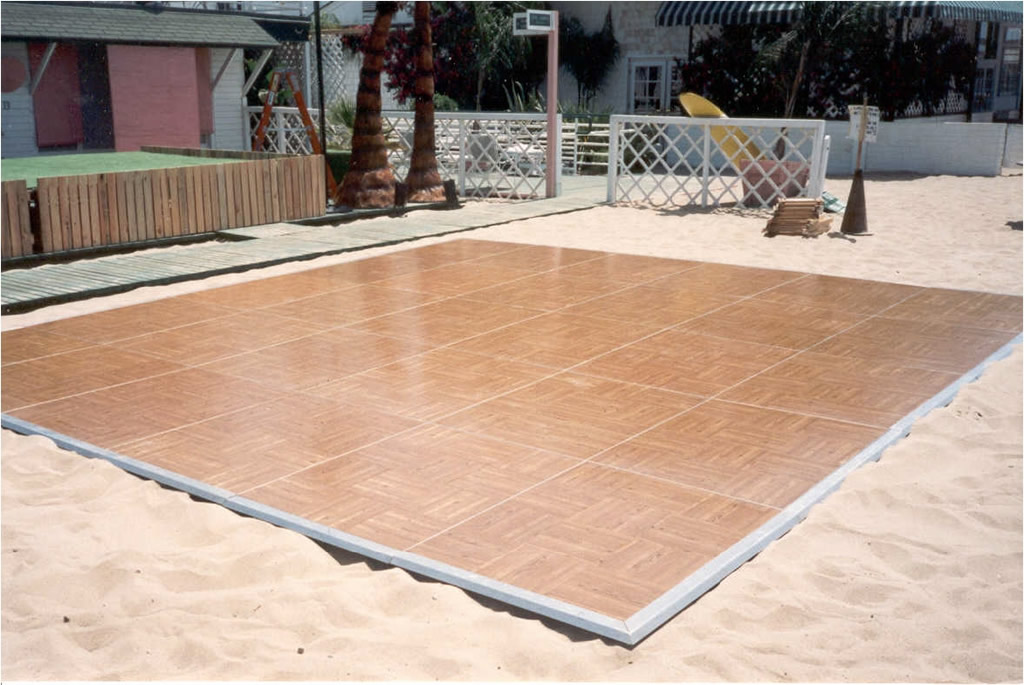Crucial Safety Protocols to Ensure a Enjoyable and Secure Dancing Floor Experience at Occasions
Crucial Safety Protocols to Ensure a Enjoyable and Secure Dancing Floor Experience at Occasions
Blog Article
When planning an occasion with a dancing floor, ensuring the security of all participants is essential. A fun and secure dance floor experience can enhance the overall enjoyment of the event. To achieve this, event planners should establish key safety protocols that address different aspects of the dance setting. These protocols not only safeguard guests but also foster a friendly atmosphere where everyone can feel at ease and have a great time.
One of the main safety factors is the spatial area of the dance floor. It is crucial to make sure that the space is sufficiently sized enough to hold the anticipated number of guests. A packed dance floor can result to incidents, such as tumbles or crashes. Organizers should also check the flooring material to ensure it is suitable for dancing. Smooth surfaces, such as hardwood or laminate, are preferred, while rug can pose slipping hazards. Additionally, maintaining the dance area free of obstacles, such as chairs or tables, will help prevent injuries and allow for a more enjoyable experience.
Lighting plays a significant role in establishing a secure dance floor environment. Proper illumination not only establishes the mood for the occasion but also helps guests navigate the area safely. Dim lighting can make it hard for dancers to perceive their surroundings, raising the risk of accidents. Therefore, planners should use a combination of background and focused lighting to light up the dance floor adequately. Exit signs should also be easily visible, and organizers should make certain that the lighting is modifiable to accommodate different types of tunes and dance genres.
Another important aspect of security on the dance floor is crowd management. Occasion staff should be trained to oversee the dance area and make sure that guests are behaving properly. This includes addressing any instances you can try these out of crowd issues or inappropriate behavior that could lead to issues. Additionally, having a designated area for guests to take breaks can help minimize fatigue and avoid accidents. Providing water dispensers nearby can also encourage hydration, which is vital for maintaining energy levels during the dance.
Ultimately, it is essential to communicate safety protocols to all participants. Before the event begins, planners should notify guests about the rules and expectations for the dance floor. This can include notices to be mindful of their surroundings, honor personal boundaries, and avoid excessive alcohol consumption. Offering clear instructions can help foster a culture of safety and responsibility among guests. By fostering an environment where everyone is conscious of safety measures, event planners can guarantee that the dance floor remains a fun and safe space for all attendees.